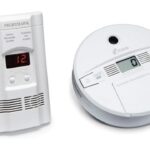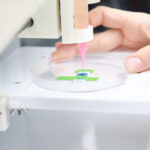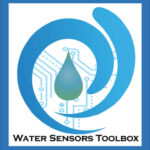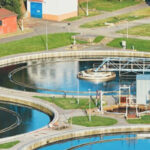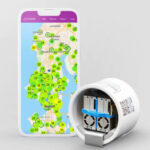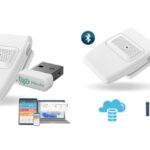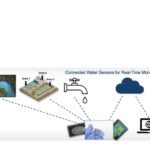Public outcries for reducing carbon dioxide (CO2) emissions to reduce their climate change impact have been widely promoted for more than two decades. However, attention to a more immediate public health problem from carbon monoxide (CO) has not received anywhere near the same level of attention– unless the deaths get news coverage. For example, in […]
Chemical Sensor
What are the seven types of quantum sensors?
The seven types of quantum sensors include chemical sensors, clocks, gravimeters, imaging, interferometers, magnetometers, and thermometers. Several types of quantum sensors are already in use, and more are being developed for commercialization. They can be used in a wide variety of applications from earth sciences to molecular biology and wide band gap power semiconductors. Chemical […]
How are sensors used in 3D bioprinting?
In general, three-dimensional (3D) printing or additive manufacturing is the construction of a three-dimensional object from a digital 3D model. With 3D bioprinting, the 3D constructs are living cells, biomaterials, bioactive components, and more. In the 21st Century, the generation and transplantation of several tissues, including multilayered skin, bone, vascular grafts, tracheal splints, heart tissue, […]
How can sensors protect vulnerable areas? Pt 4
The U.S. Environmental Protection Agency (EPA) has ongoing efforts to address the unintended contamination and purposeful contamination of the nation’s water supplies. Sensing technologies are an integral part of the strategy. In 2023, the EPA proposed new limits to drinking water contamination from toxic “forever chemicals” or per fluoroalkyl and polyfluoroalkyl substances (PFAS). Used widely […]
How can sensors protect vulnerable areas? Pt 3
Today, advertisements for Camp Lejeune lawsuit settlements are frequently seen on cable and network TV. Another frequently cited water disaster occurred in Flint, Michigan. Detecting lead in drinking water On April 25, 2014, the City of Flint changed its water supply source from Lake Huron water (supplied by Detroit) to the Flint River. Subsequently, water […]
How can sensors protect vulnerable areas? Part 1
Clean air and water are essential for life. Protecting these valuable, essential elements, starts with sensors to detect threats from intentional or unintentional contamination. Today, available sensing technologies target different locations/areas to ensure the safe ongoing supply of fresh air and water. Using a variety of different sensing techniques, the key to broad and localized […]
How do sensors improve home appliances? Part 2
Part 1 of this blog discussed sensors in the laundry room in washing machines and dryers. In the kitchen, similar to the laundry room, basic functions can be designed in using established sensing techniques. In the typical home, the refrigerator is the second-largest consumer of electricity (13.7%), with the air conditioner being number one. So, […]
What’s the outlook for chemical sensors?
The current emphasis on providing products and materials with fewer environmental effects will have a direct impact on the chemical industry and chemical sensors. Obviously, this starts with, but is certainly not restricted to, reduced CO2 emissions. Chemical sensors have a wide range of applications, including healthcare, industrial, biotechnology, and household sensing requirements such as […]
How does air quality history impact data analysis?
Measuring air quality, like any other measurement process starts with the sensors. The sensors provide the concentration of different elements in the air such as CO2 and volatile organic compounds (VOCs) as well as other parametric data such as humidity, temperature, atmospheric pressure and light level that affect the ambient environment indoors – or outdoors. […]
How can low-cost sensors help address climate change?
According to the recent IDTechEx report “Printed and Flexible Sensors 2022-2032: Technologies, Players, Markets,” low cost printed/flexible sensor technologies could play a significant role in adapting to climate change [1]. Adapting could take various forms, from changing the areas in which specific crops are grown to building flood defense systems and even relocating cities in more […]

